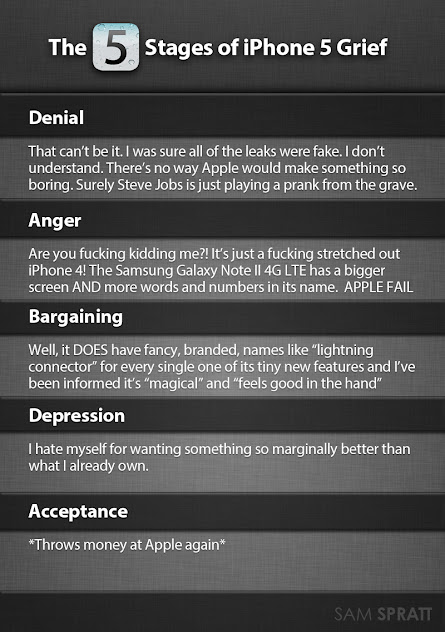In the Telegraph, Dan Hodges calls for giving Richard III “a last, glorious summer”:
It’s a brilliant idea. Seriously. Think of where Richard stands. At the centre of our history, our art, our education, our national identity. What a staggering opportunity this represents.
Let’s give him a full, no-holds-barred state funeral. Everyone’s been banging on about preserving the Olympic spirit; well here — DNA tests permitting — is our chance. This is a once in a generation opportunity. In fact, it’s a once in about 20 generations opportunity. Let’s bring our history alive.
Just imagine the crowds that would gather for the chance of watching a 21st century ceremonial to a Plantagenet king. And not just an English king, but thanks to Shakespeare, a global monarch.
Picture the moment. A silent Mall. A slow drum beat. An honor guard, heads bowed in tribute to their leader who fell 500 years before. Richard, making his last journey, laid upon a ceremonial gun carriage, draped in the flag of the kingdom he died fighting for. And ahead of him walks a riderless horse. The horse that in his last moments, he would have swapped that kingdom for.
Bloody hell, I’d miss an episode of Strictly for that. And I bet a few million others would as well.
Okay, there’s the slightly unfortunate business of the Princes and the Tower. But we’ve all made the odd mistake. Plus, if you read Josephine Tay’s the Daughter of Time, it was a fit up anyway.
If there’s one thing we’ve learnt over the past couple of months it’s that — to borrow a phrase from another high profile if much maligned senior statesman — we are at our best when at our boldest. Or more accurately, when we say “damn it, let’s do it”.
Now is one of those moments. Damn it. Let’s give Richard III one last, glorious summer.





